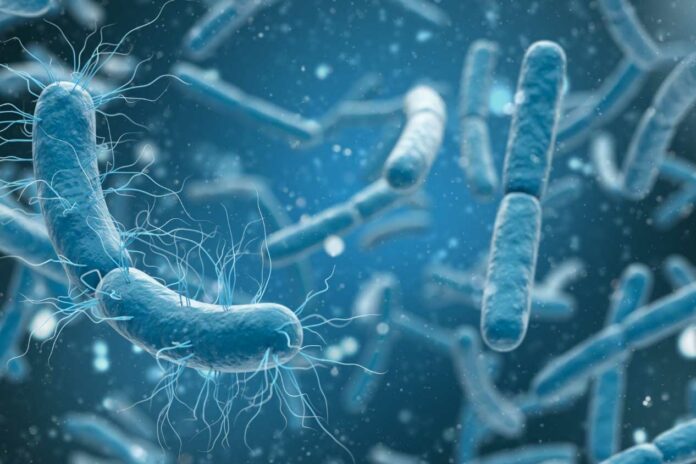A recent study published in Science on November 24 suggests that E. coli bacteria might be much better at developing antibiotic resistance than previously believed. The researchers, led by SFI External Professor Andreas Wagner, conducted experiments to map over 260,000 potential mutations of a crucial E. coli protein responsible for the bacteria’s survival against the antibiotic trimethoprim.
Through thousands of realistic digital simulations, the researchers discovered that 75% of all possible evolutionary paths for the E. coli protein led to the bacteria gaining such high antibiotic resistance that clinicians would no longer prescribe trimethoprim to patients. This finding raises concerns about the adaptability and evolving capabilities of E. coli in the face of antibiotic exposure.
Wagner, an evolutionary biologist at the University of Zurich in Switzerland, said, “In essence, this study suggests that bacteria like E. coli may be more adept at evolving resistance to antibiotics than we initially thought, and this has broader implications for understanding how various systems in evolutionary biology, chemistry, and other fields adapt and evolve.”
The researchers not only discovered concerning details about antibiotic resistance but also challenged a long-standing theory about fitness landscapes. These genetic maps illustrate how well an organism, or a part like a protein, adapts to its surroundings.
In the world of fitness landscapes, different points on the map show various genetic types of an organism. The height of these points indicates how well each genetic type copes with its environment. Evolutionary biology aims to find the highest peak, signaling the fittest genetic type.
The usual theory about fitness landscapes suggests that in rough terrains with many fitness peaks, most evolving populations get stuck at lower points and never reach the highest peak of evolutionary adaptation. The new study questions this prevailing idea.
Only now, testing the theory about fitness landscapes has been challenging because of a lack of experimental data on large landscapes.
To overcome this, Wagner and team used CRISPR gene editing to create an extensive fitness landscape for the E. coli dihydrofolate reductase (DHFR) protein.
The results were unexpected. While the landscape had many peaks, most had low fitness, making them less important for adaptation. Surprisingly, around 75% of the simulated populations reached high fitness peaks even in this challenging terrain, providing E. coli with significant antibiotic resistance.
The findings have important real-world implications. Suppose challenging landscapes like this are widespread in biological systems. In that case, many adaptive processes, like developing antibiotic resistance, might be easier than we believed.
This result could lead to a reassessment of theoretical models in different fields and encourage more research into how actual landscapes affect evolutionary processes.
Wagner emphasizes, “This has profound implications not only in biology but beyond, urging us to rethink how we understand landscape evolution in various areas. We must move from abstract theories to models grounded in data and reality.”
This Study advances our understanding of antibiotic resistance and fitness landscapes and challenges established theories, encouraging a shift towards more grounded and data-informed models in evolutionary biology and related disciplines.
Journal reference:
- Andrei Papkou, Lucia Garcia-Pastor, et al., Study provides fresh insights into antibiotic resistance fitness landscapes. Science. DOI: 10.1126/science.adh3860.
